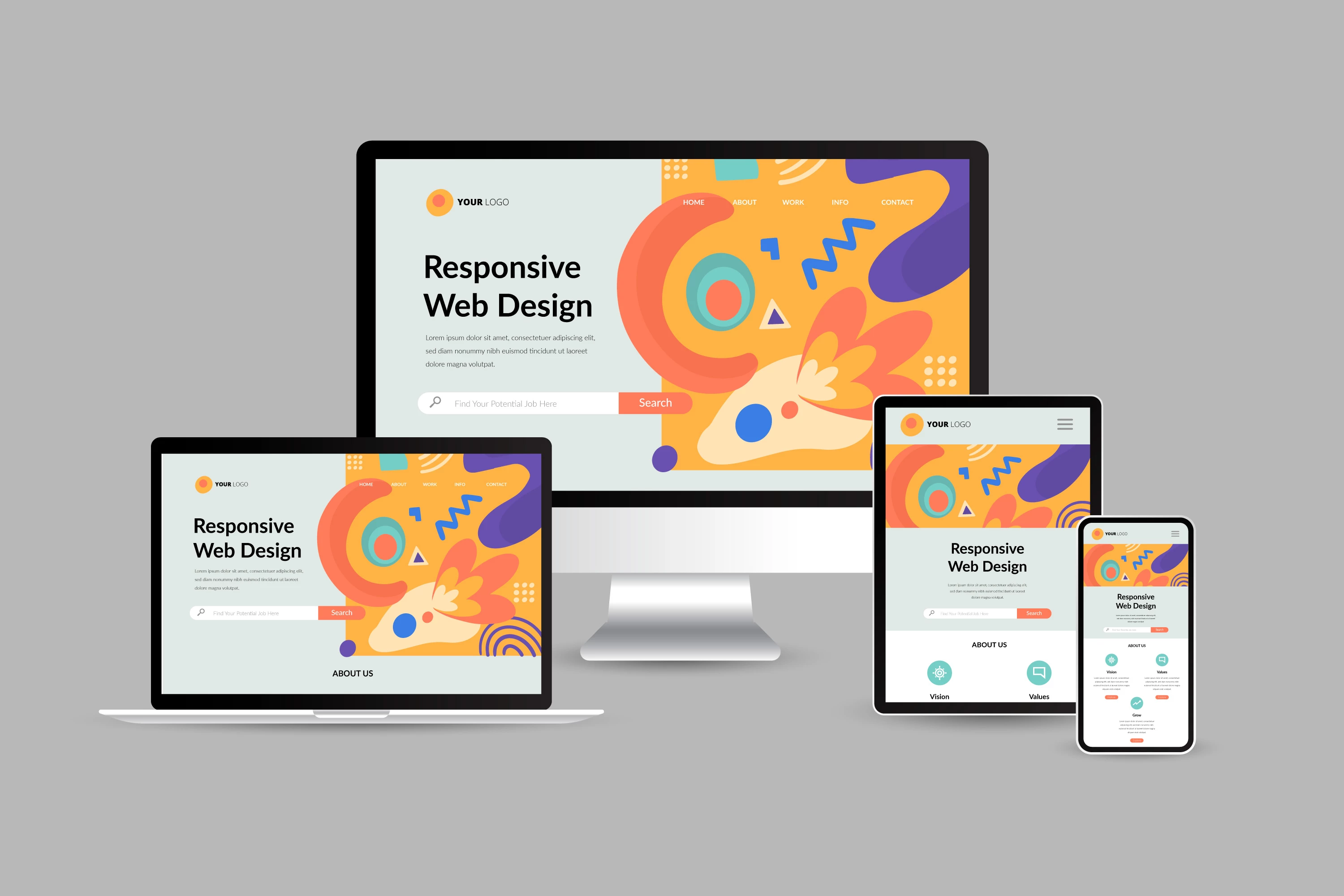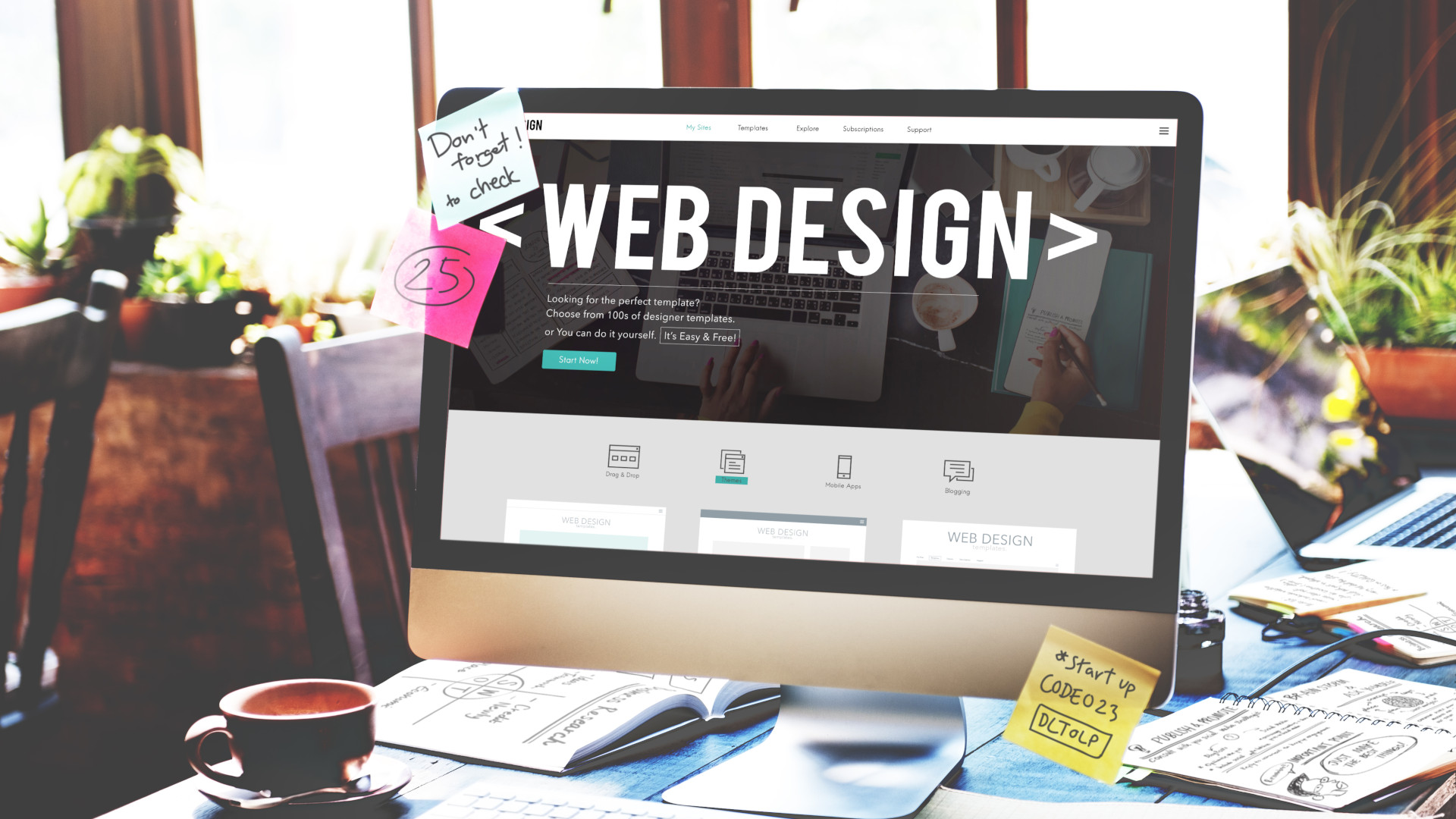Cost-Effective Website Design Services for Small Businesses
Leading Tips for Developing an Impactful Website Design That Transforms
To attain this, one need to think about a variety of factors, consisting of comprehending the target audience, focusing on user experience, and maximizing for mobile systems. The tactical usage of engaging call-to-actions and a well-defined aesthetic pecking order plays an essential duty in leading individuals through their trip.

Understand Your Target Market
Understanding your target market is essential to effective internet site style, as it lays the groundwork for developing an appealing user experience. Recognizing who your customers are, including their demographics, choices, and behaviors, allows designers to customize the website's web content, design, and performance to fulfill details requirements.
Performing complete market research study is crucial in this procedure. Studies, meetings, and analytics can provide beneficial insights right into user expectations and discomfort points. By compiling this information, designers can develop user identities that represent different sectors of the audience, making sure that layout decisions are notified and pertinent.
Additionally, comprehending the target market helps in choosing ideal design aspects such as color plans, typography, and images that reverberate with users. A site that talks straight to its audience fosters a sense of link and count on, urging longer visits and higher conversion rates.
Eventually, a user-centered strategy to website design not only enhances user fulfillment yet also supports business objectives by driving interaction and loyalty. By focusing on the demands and choices of the target market, a website can efficiently serve its purpose and achieve preferred outcomes.
Prioritize Customer Experience
To enhance the general efficiency of a web site, prioritizing individual experience (UX) is vital (Website Design). A properly designed UX makes sure that visitors can navigate the website easily, locate details swiftly, and involve with content meaningfully. This causes enhanced user complete satisfaction and greater conversion prices
Begin by applying instinctive navigating. Menus ought to be realistically structured, allowing customers to situate crucial areas of the site with marginal initiative. Consistency in design components, such as shade schemes and fonts, cultivates familiarity, which is crucial for keeping individual engagement.
In addition, take into consideration the packing rate of your web site. A delay of simply a couple of seconds can cause substantial drop-offs, as customers are less most likely to wait on a slow-loading web page. Streamlining photos and enhancing code can improve efficiency and maintain visitors.
In addition, clarity in material linked here discussion is vital. Usage succinct, engaging language and separate message with visuals to boost readability. By prioritizing individual experience, you not just create a more satisfying setting for visitors however additionally strengthen your brand's reputation. Ultimately, a focus on UX is a financial investment in the lasting success of your website.
Maximize for Mobile Devices
Optimizing for smart phones more info here is vital in today's electronic landscape, where an increasing number of users access sites through smartphones and tablets. A mobile-friendly design not only enhances user experience however additionally plays a significant role in improving internet search engine positions. To attain this, it is important to take on a receptive style that automatically adapts to various screen sizes and alignments.

Loading rate is another essential factor; mobile users are usually much less client and expect rapid accessibility to information. By focusing on mobile optimization, you make certain that your site stays affordable and effectively engages a wider target market.
Use Engaging Call-to-Actions
An internet site's effectiveness commonly pivots on its ability to direct visitors towards wanted activities, making engaging call-to-actions (CTAs) important elements of style. CTAs act as the crucial factors that direct users to engage with the site, whether that implies making an acquisition, enrolling in an e-newsletter, or downloading and install a source.
To develop efficient CTAs, clarity is paramount. Use succinct language that clearly interacts the action you want the user to take.
In addition, take into consideration utilizing directional signs, such as arrowheads or images, to guide customers towards these buttons. By focusing on these aspects, companies can significantly boost individual interaction, driving conversions and ultimately attaining their site's goals.
Concentrate On Visual Pecking Order
Reliable site layout depends greatly on a well-structured visual pecking order that guides individuals via material flawlessly. By organizing aspects in a manner that focuses on details, designers can improve customer experience and help with decision-making. This entails utilizing size, shade, comparison, and spacing strategically his explanation to accentuate the most important parts of a website.
The usage of bigger font styles for headings and subheadings establishes a clear distinction between different areas, permitting individuals to check content easily. In addition, utilizing different shades for buttons and calls-to-action can catch customer attention and encourage interaction. Whitespace is one more important element; it stops mess and makes it possible for users to concentrate on essential messages without diversions.
Photos and graphics need to complement the text while also adhering to the recognized pecking order, strengthening the general message (Website Design). Consistency in style aspects, such as color pattern and typography, additional enhances the visual pecking order, making navigation user-friendly
Conclusion
In conclusion, reliable web site design demands an extensive understanding of the target audience, prioritization of customer experience, and mobile optimization. Eventually, a well-executed website style serves as an essential element in driving customer actions and attaining company purposes.